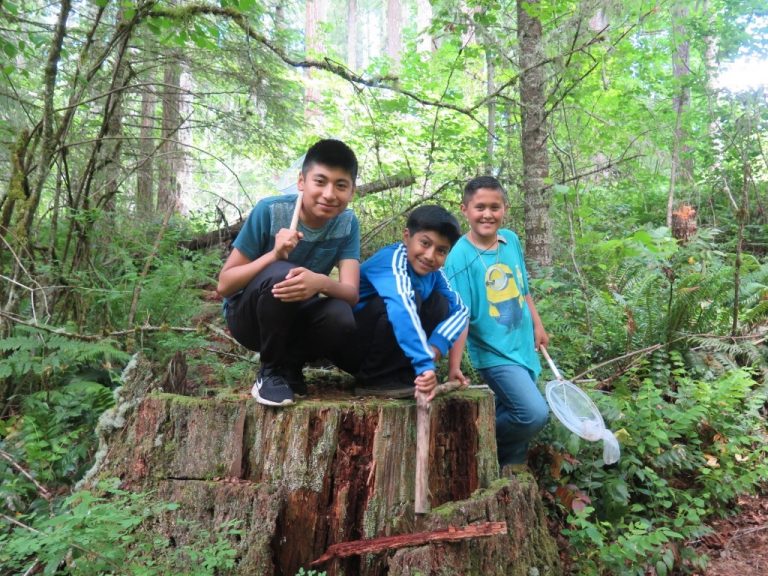Photo credit: Heather Andrews
by Heather Andrews – Faculty Research Assistant, Orchard Crops Extension, North Willamette Research and Extension Center
Native pollinators provide essential functions to balanced ecosystems. In addition to pollinating a wide range of plants, pollinators, such as bees, are a rich source of protein for numerous animals including birds and amphibians. Very little information is available regarding species diversity and status in forests in the Pacific Northwest. Species richness can be an indication of a habitat’s present state, and can give us a better understanding of different pollinator species’ biology and their dependence on specific plants and habitat attributes. Several years ago, the Salem BLM restored a number of logging sites near Molalla by planting native flowering plants, shrubs and trees that could be used by pollinators and other wildlife as forage and habitat. To date, there have not yet been any assessments performed on which species have moved into these areas following the restoration work. The potential for finding particularly diverse species compositions or discovering rare or endangered pollinators (such as the western bumblebee, Bombus occidentalis) at these restored sites could help justify future habitat restoration projects. There is a pressing need to encourage youth and underserved individuals to experience field science as opposed to simply learning in a classroom setting, particularly since young people benefit greatly from hands-on learning. There is also a lack of education about native plants and animals in public schools, and by encouraging young people and those that may not have access to these natural ecosystems due to limited transportation to explore the forest and learn about plants and insects, we hope that participants will gain a greater appreciation for these habitats and animals, and will potentially be inspired to further investigate scientific fields of study.
The Community Science Native Bee Project was hatched out of a need for more information regarding pollinator species composition in woodland areas, and the need for young people to gain positive hands on experience in field studies. This is the second year of this project, which encourages youth to participate and gain hands on experience capturing and identifying insects, with particular emphasis on native pollinators. The first year of this project was focused on learning more about species diversity in forested areas, as well as searching for alternative pollinators for blueberries. While honey bees are important pollinators of blueberries, their populations are struggling, and they may not be the most efficient pollinators for these plants. The Blueberry Bee, Osmia ribifloris, is a small blue/green mason bee, which excels at pollinating blueberries. It is also more robust compared with honey bees, and will fly under cooler, wetter conditions, which is a beneficial attribute in an area such as the Willamette Valley, where springtime can be extremely wet and chilly. Although the group did not find any Blueberry Bees during the first year of this project, the youth gained hands on experience collecting field data, and some individuals had the opportunity to share their experiences as school presentations.
During this second year of the project, a group of 9-15-year-old youth from under-served neighborhoods have taken several field trips to select BLM sites where bee nest boxes were set up as a sampling method for bees. Youth also captured bees and took photos of these bees, which will later be identified by specialists. There will also be a field trip to the OSU campus, where youth will be given the opportunity to meet bee researchers on campus, and learn about the fascinating research that is taking place there.





